Cusco is an ancient and magical city. This city will envelop you in its mysteries, charms, its neighborhoods and customs. If you visit Cusco, there are places you should not miss in the city, like its traditional neighborhoods full of history and customs. Walking through the narrow streets will transport you back in time and you can experience the days when modernity was far away from the daily life of people.
The San Blas neighborhood
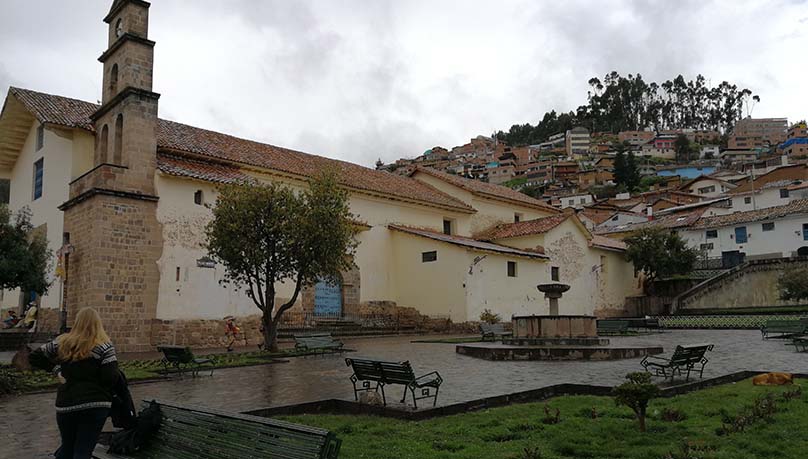
San Blas, an old quarter of Cusco, is located a few blocks from the main square. Its narrow streets and unique architecture in the construction of its houses make it a captivating neighborhood that goes between the ancient and the modern. San Blas, the neighborhood of the artisans as it is presently known, still preserves its traditional way of life from years past.
Its houses are built entirely in adobe and decorated with fine carving work that characterizes the artisans of the area. It is also possible to see houses from the colonial period with large spaces and gardens full of plants and flowers, and these are places that will leave you marveling at the way they have been preserved.
Cuesta San Blas
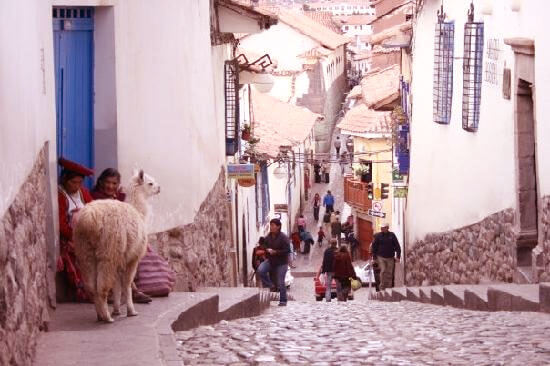
The most famous street in San Blas is La Cuesta de San Blas, a narrow cobblestone street that leads you to the San Blas square. In this street you will find different shops selling handicrafts that are typical to the area. Also located here is the Spanish language school Wiracocha, a great place to learn Spanish during your time in Cusco. At the end of this well-known narrow street, you will reach the main square of San Blas, where you can find the San Blas temple.
San Blas Temple
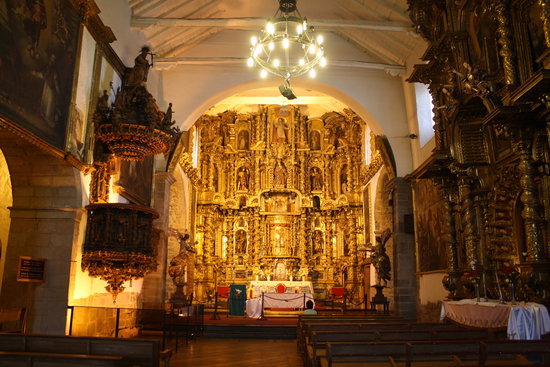
The temple is famous for its interior decoration, which includes the Pulpit of San Blas, a magnificent work of art due to its fine finishes in wood. Around the square of San Blas, you can also find a water fountain that gives fresh air to this place. Walking through the neighborhood of San Blas and its narrow streets will transport you back in time, allowing you to get a glimpse into the way of life of the ancient settlers of the area. This area is definitely recommended if you wish to know more about how the ancient people of Cusco lived.
The San Cristobal neighborhood
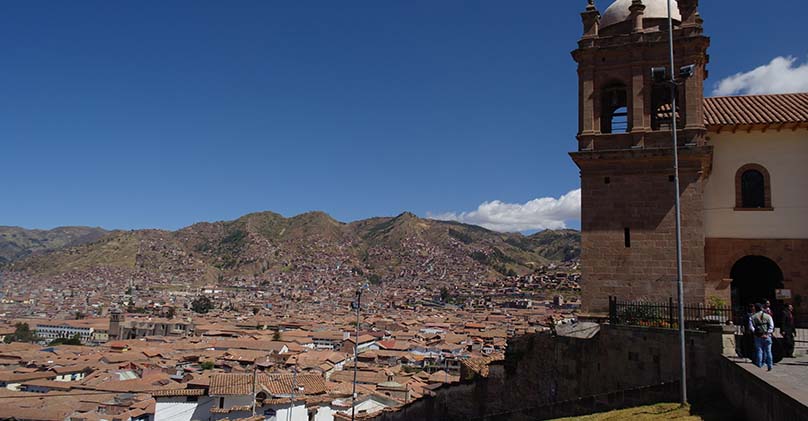
San Cristobal, a traditional and well-known neighborhood, located in the upper part of the city, can be reached by walking from the main square, Plaza de Armas. From this place, you can see the splendor of the square and its charms. It is also a good viewpoint to see part of the old city and its buildings. You can view the well-preserved roofs of the houses and the impressive architecture of the main area around Plaza de Armas, as well as the various churches in different parts of the city.
San Cristobal has a church with a tower built entirely of stone and, if you want to get a privileged view of the city, it is recommended to climb the bell tower. From the top, you will have great views of the city and you can also see the nearby Inca palace.
The San Pedro neighborhood
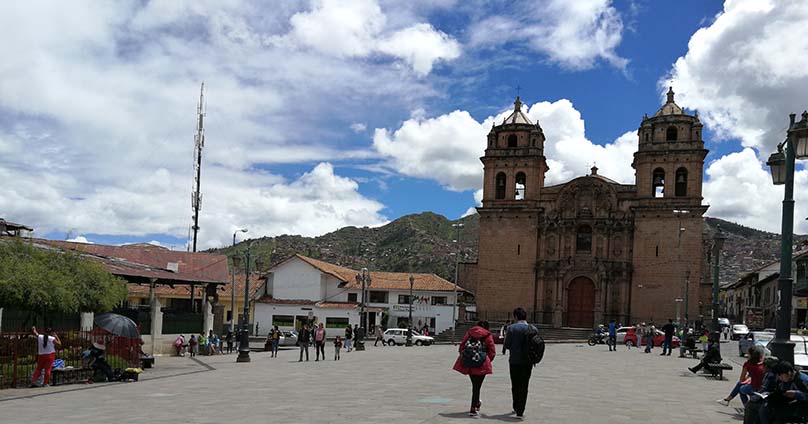
San Pedro is a traditional neighborhood in Cusco that has existed since colonial times. It is known for its church, the Temple of San Pedro, located next to the site of what was formerly the ‘Hospital Colonial de Naturales’. The colonial church was built upon the hospital’s foundations (after the hospital church was destroyed in an earthquake) and inside it you will find a large collection of pictures and paintings from colonial times. In this neighborhood, you will also discover other important buildings, such as the convent of Santa Clara, the renowned Glorioso Colegio de Ciencias, which was built in 1619 on the platforms of the old Inca or Qapaq Ñan road.
You can also see the San Pedro Market, a place built to give space to merchants who came from different parts of Cusco to sell their products. The main street that now passes through here is called Santa Clara Street and is formerly part of the Inca road. Today, there are places where you can still see parts of preserved Inca walls from the great Inca Road. This neighborhood retains the mystery of a colonial and Inca era that has remained even during the construction of its streets and buildings.
The Santa Ana neighborhood
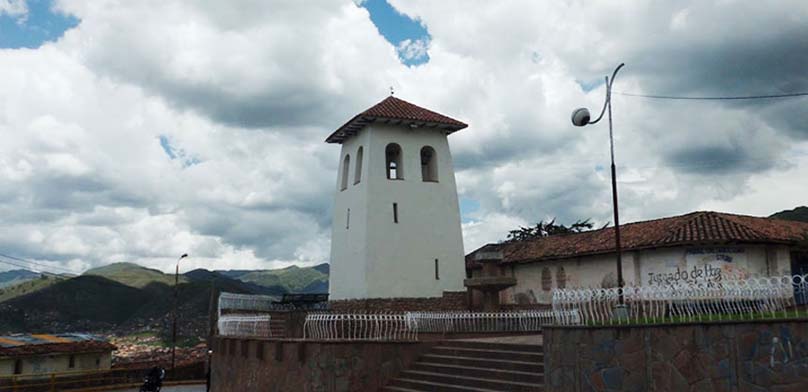
Santa Ana, formerly known as the neighborhood Qarmenqa, is a place that was once dedicated to agriculture and therefore platforms from this time can still be seen in the area. Today, much of this area consists of colonial-style houses and its main attraction is its church located in the upper part, which houses the Virgin of Santa Ana. From here, you can enjoy views across parts of Cusco.
It is also possible to see the great arch of Santa Clara, believed to be the very place that the Spaniards entered Cusco when they first arrived in the city. It is said that this arch was built exclusively for people arriving from other parts of the country, as a place to pay their taxes before entering the city of ‘Qosqo’. Because these historic constructions have remained, in part, right up to today, they provide an insight into what it was like to live back in ancient Cusco. Therefore, the Barrio de Santa Ana is one place that cannot be missed when you take a tour of the city of Cusco.